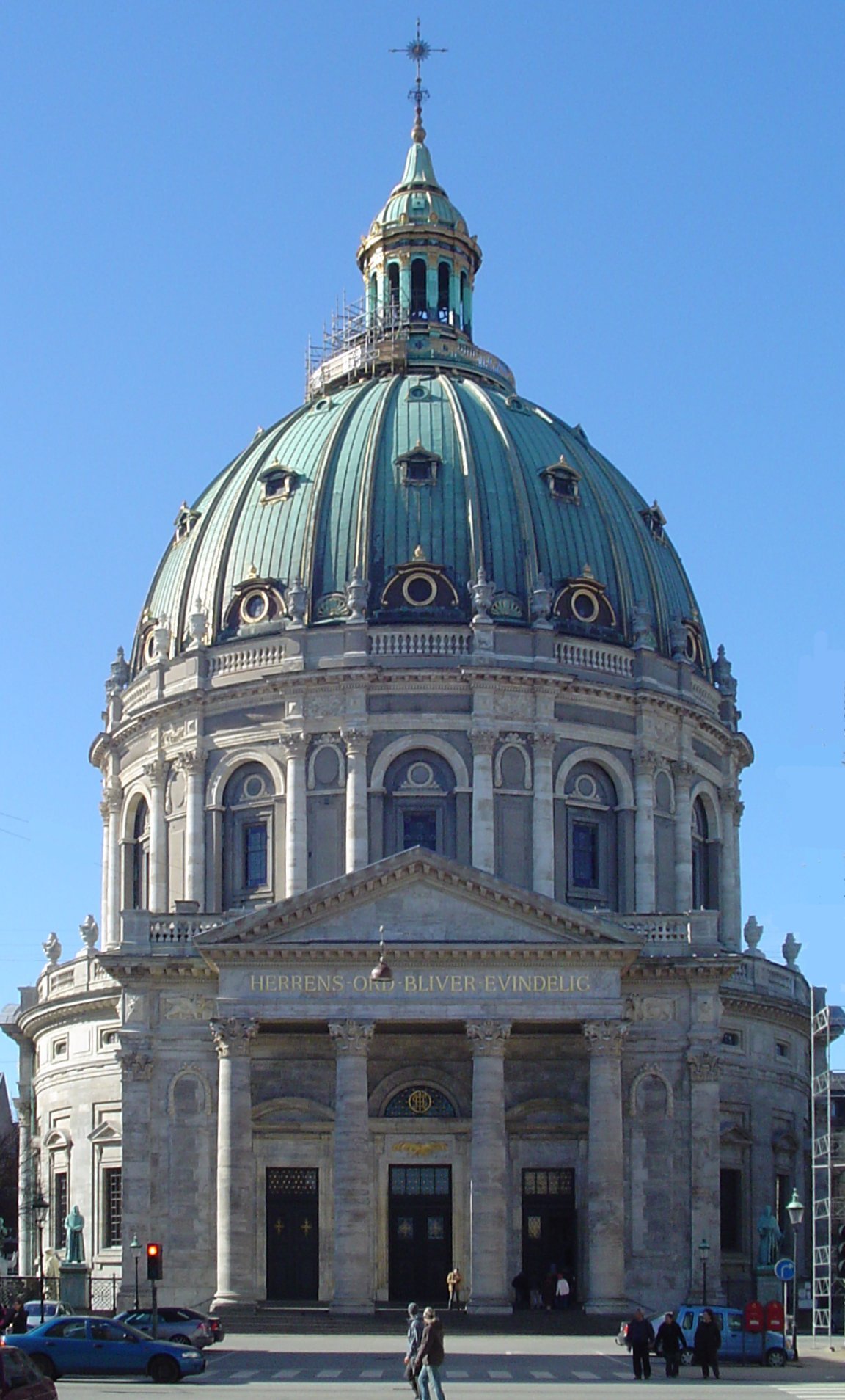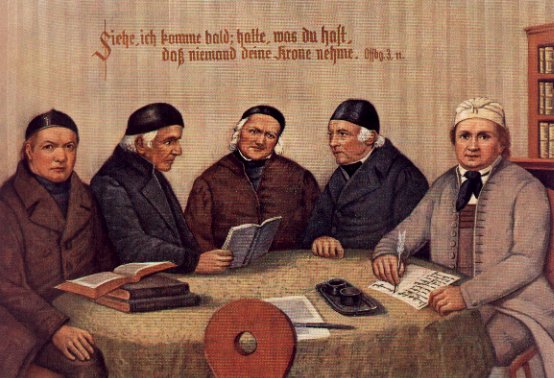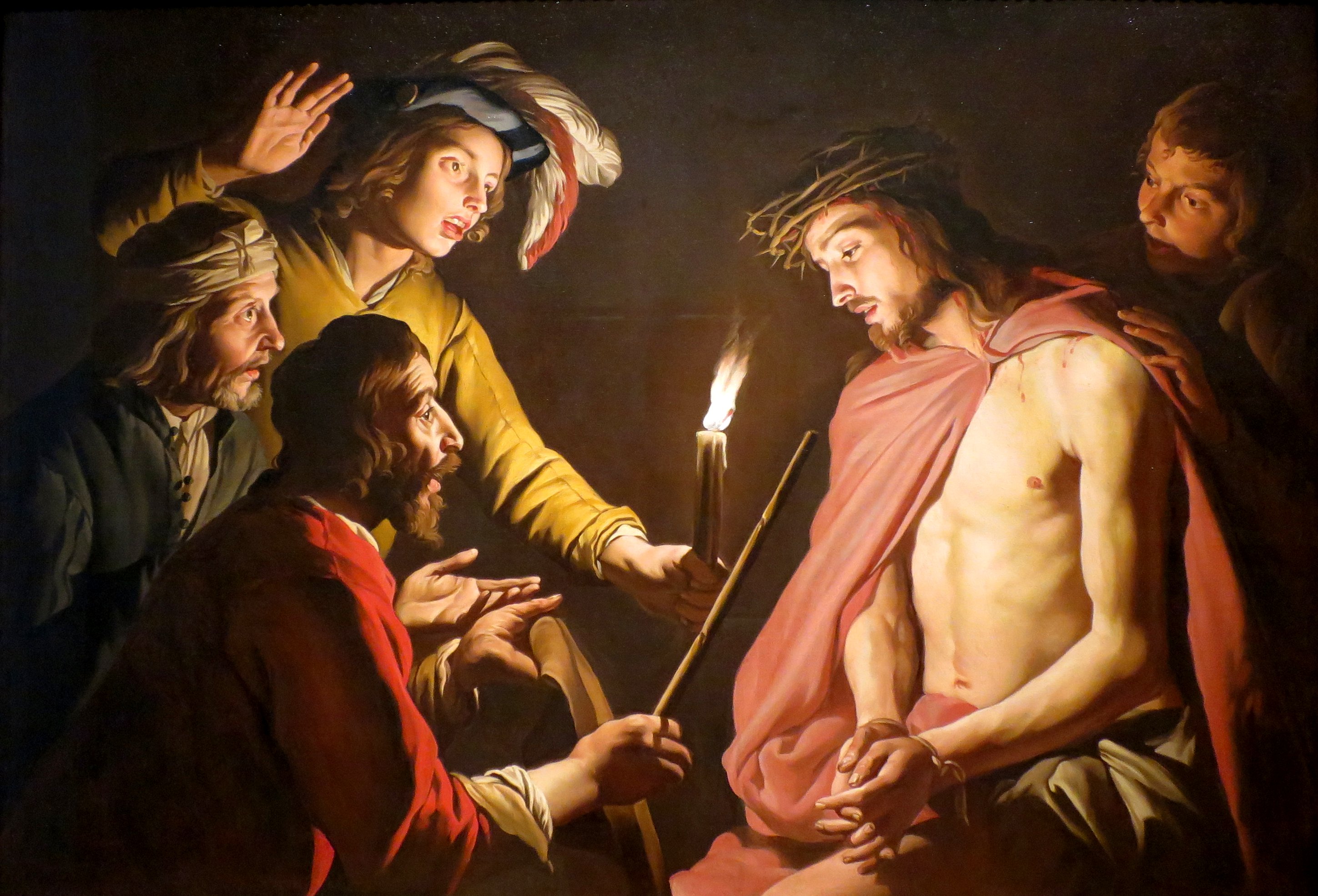|
Guldberg's Hymnal
Guldberg's hymnal (published as ''Psalme-Bog eller En Samling af gamle og nye Psalmer'' 'Hymnal or A Collection of Old and New Hymns') is a hymnal that was created by Bishop Ludvig Harboe and Ove Høegh-Guldberg and was authorized for use in 1778. Background On behalf of King Christian VII of Denmark, Denmark's de facto prime minister, Ove Høegh-Guldberg, appointed a two-person committee, consisting of himself and the bishop of Zealand, Ludvig Harboe, to prepare a new hymnal. They sought to modernize Kingo's hymnal, primarily by removing the hymns that lacked the requisite "correctness, dignity, and strength" or whose poetic quality was too weak. To replace the hymns that would be removed from the authorized hymnal, Birgitte Cathrine Boye received royal funding to write and translate hymns. Content The hymnal contains 438 hymns taken from various sources: *32 from Thomissøn's hymnal *101 from Kingo's hymnal *144 from Erik Pontoppidan's hymnal *161 new hymns, of which 24 were ... [...More Info...] [...Related Items...] OR: [Wikipedia] [Google] [Baidu] |
Liturgical Year
The liturgical year, also called the church year, Christian year or kalendar, consists of the cycle of liturgical seasons in Christian churches that determines when feast days, including celebrations of saints, are to be observed, and which portions of Scripture are to be read either in an annual cycle or in a cycle of several years. Distinct liturgical colours may be used in connection with different seasons of the liturgical year. The dates of the festivals vary somewhat among the different churches, although the sequence and logic is largely the same. Liturgical cycle The liturgical cycle divides the year into a series of seasons, each with their own mood, theological emphases, and modes of prayer, which can be signified by different ways of decorating churches, colours of paraments and vestments for clergy, scriptural readings, themes for preaching and even different traditions and practices often observed personally or in the home. In churches that follow the ... [...More Info...] [...Related Items...] OR: [Wikipedia] [Google] [Baidu] |
Lutheran Hymnals
Lutheranism is one of the largest branches of Protestantism, identifying primarily with the theology of Martin Luther, the 16th-century German monk and reformer whose efforts to reform the theology and practice of the Catholic Church launched the Protestant Reformation. The reaction of the government and church authorities to the international spread of his writings, beginning with the ''Ninety-five Theses'', divided Western Christianity. During the Reformation, Lutheranism became the state religion of numerous states of northern Europe, especially in northern Germany, Scandinavia and the then-Livonian Order. Lutheran clergy became civil servants and the Lutheran churches became part of the state. The split between the Lutherans and the Roman Catholics was made public and clear with the 1521 Edict of Worms: the edicts of the Diet condemned Luther and officially banned citizens of the Holy Roman Empire from defending or propagating his ideas, subjecting advocates of Lutheranism to ... [...More Info...] [...Related Items...] OR: [Wikipedia] [Google] [Baidu] |
Church Of Denmark
The Evangelical-Lutheran Church in Denmark or National Church, sometimes called the Church of Denmark ( da, Folkekirken, literally: "The People's Church" or unofficially da, Den danske folkekirke, literally: "The Danish People's Church"; kl, Ilagiit, literally: "The Congregation"), is the established, state-supported church in Denmark. The supreme secular authority of the church is composed of the reigning monarch and Denmark's Parliament, the Folketing. , 73.2% of the population of Denmark are members,Church membership 1990-2021 Kirkeministeriet though membership is voluntary.Freedom of re ... [...More Info...] [...Related Items...] OR: [Wikipedia] [Google] [Baidu] |
Norwegian Constituent Assembly
The Norwegian Constituent Assembly (in Norwegian ''Grunnlovsforsamlingen'', also known as ''Riksforsamlingen'') is the name given to the 1814 constitutional assembly at Eidsvoll in Norway, that adopted the Norwegian Constitution and formalised the dissolution of the union with Denmark. In Norway, it is often just referred to as ''Eidsvollsforsamlingen'', which means ''The Assembly of Eidsvoll''. The Assembly The election started in February 1814 in Christiania (now Oslo) in order to draft the Norwegian Constitution. The Assembly gathered at the manor house at Eidsvoll (''Eidsvollsbygningen'') and became known as "The Men of Eidsvoll" (''Eidsvollsmennene''). They first met on 10 April by Eidsvoll Church before the assembly formally opened the next day. It was intended to be composed of delegates from the entire country but the northernmost parts were not represented because of the long distances and lack of time. The presidents and vice presidents of the assembly were chosen f ... [...More Info...] [...Related Items...] OR: [Wikipedia] [Google] [Baidu] |
Niels Schiørring
Niels is a male given name, equivalent to Nicholas, which is common in Denmark, Belgium, Norway (formerly) and the Netherlands. The Norwegian and Swedish variant is Nils. The name is a developed short form of Nicholas or Greek Nicolaos after Saint Nicholas. Its pet form is Nisse, and female variants are Nielsine, Nielsina, and Nielsa. Niels may refer to: People *Niels, King of Denmark (1065–1134) *Niels, Count of Halland (died 1218) *Niels Aagaard (1612–1657), Danish poet *Niels Aall (1769–1854), Norwegian businessman and politician *Niels Henrik Abel (1802–1829), Norwegian mathematician *Niels Arestrup (born 1949), French actor *Niels Viggo Bentzon (1919–2000), Danish composer and pianist *Niels Bohr (1885–1962), Danish physicist and Nobel Prize recipient *Niels Busk (born 1942), Danish politician *Niels Ebbesen (died 1340), Danish squire and national hero *Niels Feijen (born 1977), Dutch pool player *Niels Ferguson (born 1965), Dutch cryptographer *Niels Friis (die ... [...More Info...] [...Related Items...] OR: [Wikipedia] [Google] [Baidu] |
Pietism
Pietism (), also known as Pietistic Lutheranism, is a movement within Lutheranism that combines its emphasis on biblical doctrine with an emphasis on individual piety and living a holy Christian life, including a social concern for the needy and disadvantaged. It is also related to its non-Lutheran (but largely Lutheran-descended) Radical Pietism offshoot that either diversified or spread into various denominations or traditions, and has also had a contributing influence over the interdenominational Evangelical Christianity movement. Although the movement is aligned exclusively within Lutheranism, it had a tremendous impact on Protestantism worldwide, particularly in North America and Europe. Pietism originated in modern Germany in the late 17th century with the work of Philipp Spener, a Lutheran theologian whose emphasis on personal transformation through spiritual rebirth and renewal, individual devotion, and piety laid the foundations for the movement. Although Spener di ... [...More Info...] [...Related Items...] OR: [Wikipedia] [Google] [Baidu] |
Passion Of Jesus
In Christianity, the Passion (from the Latin verb ''patior, passus sum''; "to suffer, bear, endure", from which also "patience, patient", etc.) is the short final period in the life of Jesus Christ. Depending on one's views, the "Passion" may include, among other events, Jesus' triumphal entry into Jerusalem, his cleansing of the Temple, his anointing, the Last Supper, Jesus' agony in the Garden, his arrest, his Sanhedrin trial, his trial before Pontius Pilate, his crucifixion and his death on Good Friday, his burial, and the resurrection of Jesus. Those parts of the four canonical Gospels that describe these events are known as the "Passion narratives". In some Christian communities, commemoration of the Passion also includes remembrance of the sorrow of Mary, the mother of Jesus, on the Friday of Sorrows. The word ''passion'' has taken on a more general application and now may also apply to accounts of the suffering and death of Christian martyrs, sometimes using the L ... [...More Info...] [...Related Items...] OR: [Wikipedia] [Google] [Baidu] |
Johan Vibe
Johan Vibe (also Wibe) (16 April 1637 – 20 February 1710) was a Danish military officer and engineer, who was appointed Governor-General of Norway from 10 April 1708 until his death. Biography Johan Vibe was born on as one of two illegitimate children of the Danish nobleman Peder Wibe (–1658) and an unnamed French woman. He was raised as a legitimate son and knighted using his father's arms. He received a military education in the Netherlands, finishing in 1659 and joined the Norwegian Army shortly after. For his performance in the Gyldenløve War, for which the Norwegian offensives were generally successful but only served to offset the Danish setbacks elsewhere, he was promoted to major in 1675 and lieutenant colonel in 1676. He was given command of the squadron which gave support to the fleet with which Governor-General Ulrik Frederik Gyldenløve attacked the historically Norwegian Province of Bohuslan, which had been ceded to Sweden by the Treaty of Roskilde in 165 ... [...More Info...] [...Related Items...] OR: [Wikipedia] [Google] [Baidu] |
Ludvig Harboe
Ludvig Harboe (16 August 1709 – 15 June 1783) was a Danish theologian and bishop of the Diocese of Zealand from 1757 until his death. Harboe was born at Broager Peninsula in Sønderborg, Denmark. He was mostly educated in Germany. He attended gymnasium in Hamburg, where he stayed for two years. Then he studied at the universities of Rostock, Wittenberg and Jena returning home to Broager during 1732. In 1738, Harboe was a priest at Garnisonskirken and in 1739 became a priest at Kastelskirken, both churches in Copenhagen. Harboe was sent to Iceland in 1741 to inspect the state of the church there on behalf of the Church of Denmark. He initiated some reforms there and while there (in 1743) was appointed to the post of Bishop of the Diocese of Trondhjem. After returning to Copenhagen in 1745, he was consecrated as Bishop and soon left for Trondheim, the seat of his new diocese. He arrived in Trondheim on 1 July 1746 and served there for two more years before leaving the po ... [...More Info...] [...Related Items...] OR: [Wikipedia] [Google] [Baidu] |
Erik Pontoppidan
Erik Ludvigsen Pontoppidan (24 August 1698 – 20 December 1764) was a Danish author, a Lutheran bishop of the Church of Norway, an historian, and an antiquarian. His Catechism of the Church of Denmark heavily influenced Danish and Norwegian religious thought and practice for roughly the next 200 years after its 1737 publication. Biography Pontoppidan was educated in Fredericia (1716–1718), after which he was a private tutor in Norway, and then studied in Holland, and in London and Oxford, England. In 1721 he became ''informator'' of Frederick Carl of Carlstein (later duke of Plön), and two years later morning preacher in the castle and afternoon preacher in Nordborg. From 1726 to 1734 he was pastor at Hagenberg, where he so protected the pietists as to find it advisable to defend his course against the Lutherans with ''Dialogus; oder Unterredung Severi, Sinceri, und Simplicis von der Religion and Reinheit der Lehre'' (1726) and ''Heller Glaubensspiegel'' (1727). Du ... [...More Info...] [...Related Items...] OR: [Wikipedia] [Google] [Baidu] |

.jpg)



